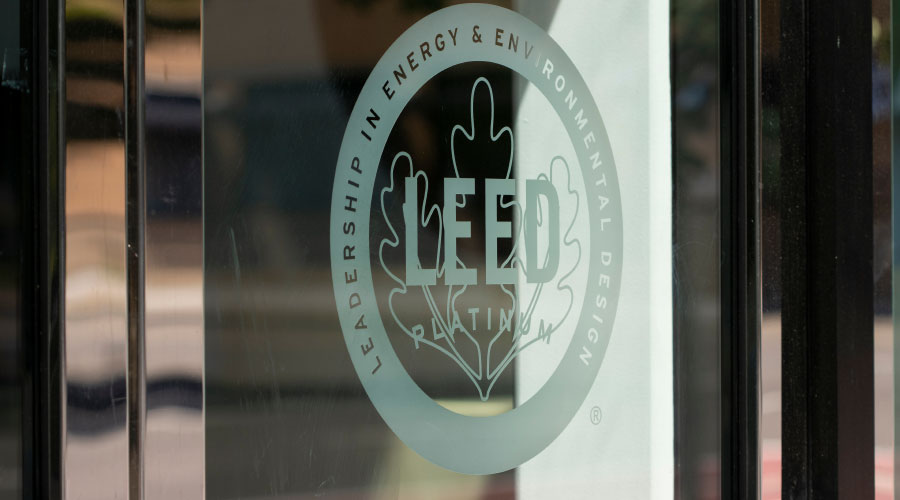Stimulus Gives Billions to GSA for Greening
Though schools lost out in the final version of the bill, federal buildings became the biggest winner. Of the $6 billion the General Services Administration (GSA) received, $1.5 billion is reserved for repairs. The rest is dedicated to making federal buildings green.
With more than 354 million square feet of space in its portfolio, just how green GSA can make its buildings with that $4.5 billion is an open question — especially when the agency already has a maintenance backlog that has been estimated at $7 to $10 billion.
The question is whether GSA is going to spread the money to as many buildings as possible, or whether it will narrow the spending to a smaller group of buildings that can be made significantly more green. A GSA spokeswoman said the agency has until April 1 to submit its project list to Congress and is still finalizing the details.
Still, there are early signs that the agency is going to spread the money as wide as possible. President Obama has said he wants to green 75 percent of federal buildings.
In testimony before the House on Feb. 11, GSA Acting Administrator Paul Prouty hinted at the agency’s plans for spending stimulus dollars. Among the steps Prouty described: adding insulation to existing buildings, installing variable speed drives, converting parking garages to LED lighting, replacing windows and adding low flow restroom fixtures.
“The question is, do you go wide or do you go deep?” says Goldberg. “Our view has always been that in terms of the cost and benefit, investing in deeper retrofits costs more on the front, but you save far more on the back end.”
It’s unclear whether GSA will pursue LEED for Existing Buildings certification for the buildings it retrofits. Certification would be one way to demonstrate the renovated buildings are green, but such a process would take time and money.
“Their intent, as we understand it, is to move very quickly,” says Pitsor of NEMA.
GSA is likely to use existing contracting mechanisms with a group of large ESCOs to quickly green around 700 of the agency’s buildings, Pitsor says. “I think they want to get these contracts up within 120 days.”
This highlights a second major challenge of the stimulus — going green quickly in a cost-effective manner. “That’s really the holy grail,” says Goldberg.
In testifying in the House, Prouty said GSA is also evaluating how it might quickly undertake larger projects, such as advanced metering systems, vegetative roofs, cool roofs and advanced lighting controls. Such projects would take longer to complete, but create renovations that are more holistically green.
“I think there is going to be that constant tension to spend money in a relatively short time as all the agencies face pressure to hire people and create jobs,” says Goldberg. “It’s going to be important to remind people that things are not going to happen overnight.”
Related Topics:

















